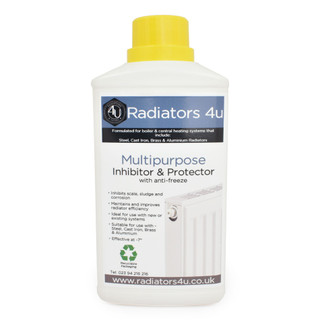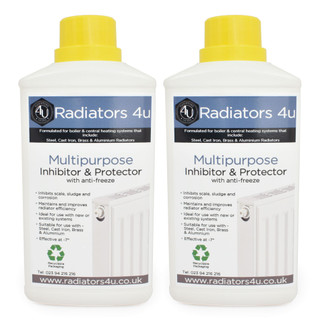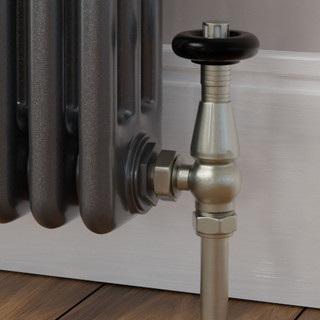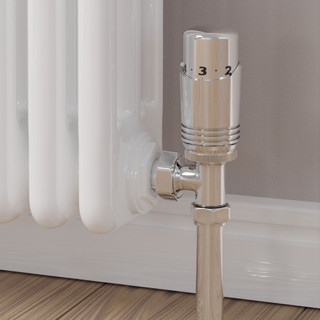How to Add Inhibitor to Your Central Heating System
Posted by Radiators 4u on 29th May 2024

Maintaining your central heating system is essential for ensuring its efficiency and longevity. One crucial aspect of this maintenance is the use of an Inhibitor And Protector. In this guide, we’ll cover everything you need to know about using an inhibitor, from its benefits to the practical steps of adding it to your system. Whether you’re a seasoned DIY enthusiast or a homeowner looking to optimise your heating, this guide will help you understand the importance of inhibitors and how to effectively use them.
What is a central heating Inhibitor?
An inhibitor and protector for central heating systems, like the Multipurpose Radiator Inhibitor & Protector from Radiators4u.co.uk, is a chemical solution designed to maintain the efficiency and longevity of your heating system. This 500ml product is suitable for various radiator types and ensures optimal performance by preventing internal issues.
Why you should use inhibitor
- Prevents Corrosion: It protects metal components in the system from rust and corrosion, extending their lifespan.
- Reduces Scale Buildup: Inhibitors prevent the formation of limescale, which can clog pipes and reduce heating efficiency.
- Improves Efficiency: By keeping the system clean and free of debris, it ensures efficient heat distribution, leading to lower energy bills.
- Maintains System Health: Regular use helps avoid costly repairs by preventing sludge buildup and internal damage.
- Protects your warranty: Some boiler and radiator manufacturers stipulate the usage of inhibitor as part of their warranty terms.
Do you need to drain the entire central heating system to add inhibitor?
No, you do not need to drain the entire central heating system to add an inhibitor. You can add the inhibitor directly into the system via a radiator, filling loop, or expansion tank, depending on the type of system you have. This makes the process straightforward and convenient, ensuring your heating system remains protected without the need for extensive work.
It may be a good idea to fully drain the system if it has not had a flush in the last 2-3 years to remove any sludge build up and keep your heating in top condition.
How to add inhibitor and protector to your central heating system via a radiator:
Depending on your central heating system you may have an expansion tank or filling loop. If you do, add the inhibitor to the tank or via the filling loop rather than adding directly to the radiator.
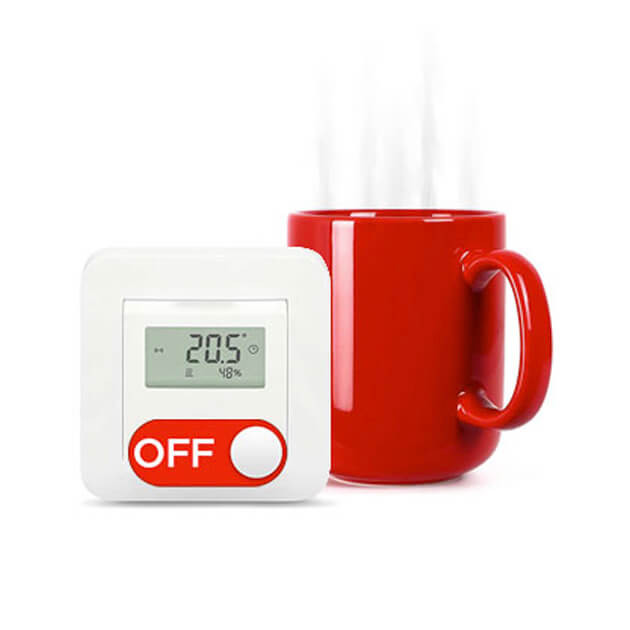

A bathroom towel radiator with top mounted air-vents will make filling the radiator easier.

CAUTION: Ensure this is done when the radiator is cold to avoid burns.

We recommend using a towel below the valve to catch any drips.
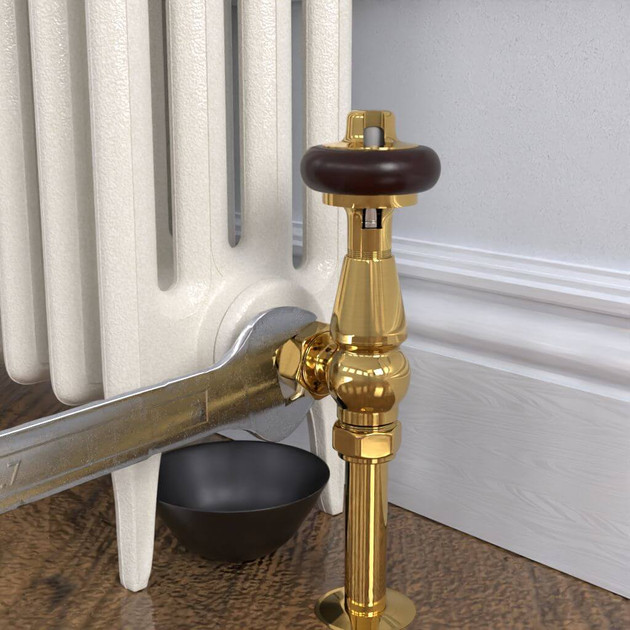
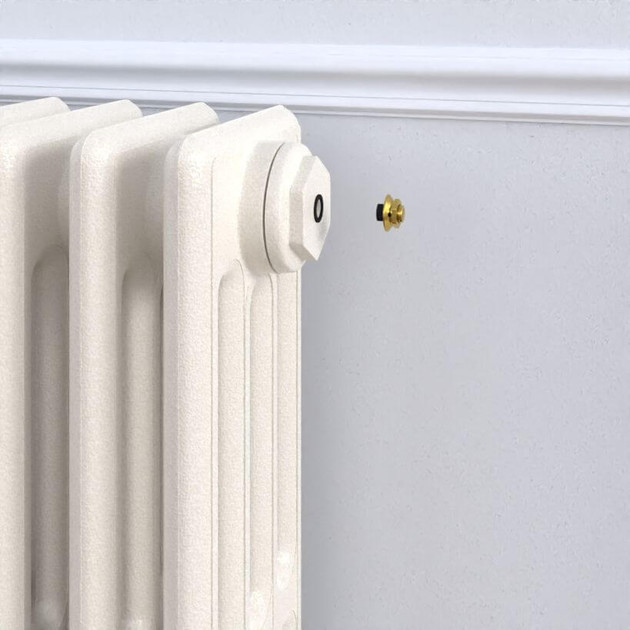


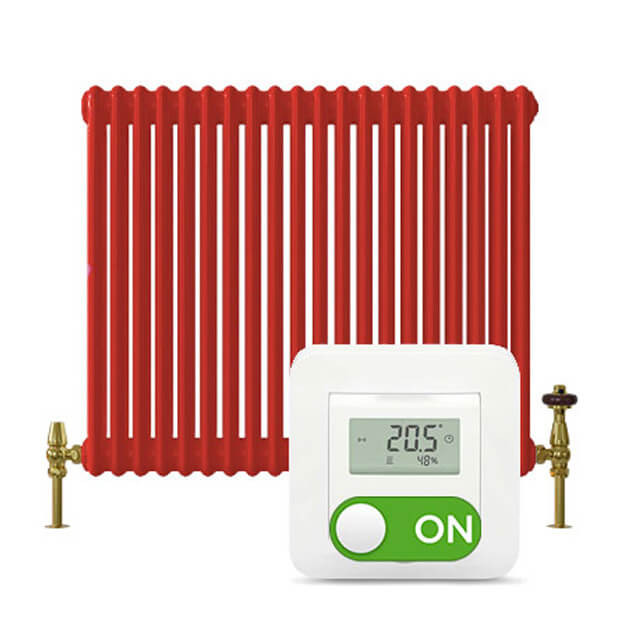

How Much Inhibitor Do You Need?
The amount of inhibitor required depends on the size and capacity of your central heating system. Typically, 500ml of inhibitor is sufficient for a standard domestic system with up to 9 radiators or 100L of water. For larger systems, you may need to use a Double Pack Of Inhibitor & Protector to ensure adequate protection.
How often do you need to add inhibitor to your central heating system?
You should change the water and add an inhibitor in your central heating system every 1 to 2 years. Regular maintenance ensures the system remains efficient, prevents corrosion, and minimises sludge buildup, which can lead to costly repairs and reduced heating performance.
You should also add inhibitor and protector every time you drain the system.
Is Radiator Inhibitor Worth It?
Yes, using a radiator inhibitor is worth it for several reasons:
- Prevents Corrosion: Protects metal components from rust and extends the lifespan of your heating system.
- Reduces Scale Build-Up: Prevents limescale formation, which can obstruct pipes and reduce efficiency.
- Improves Efficiency: Ensures efficient heat distribution, leading to lower energy bills.
- Avoids Costly Repairs: Helps prevent sludge build-up and internal damage, reducing the need for expensive maintenance.
Regular use of inhibitors ensures your heating system operates effectively and lasts longer.
Inhibitor & Protector:
Customer Favourites:





